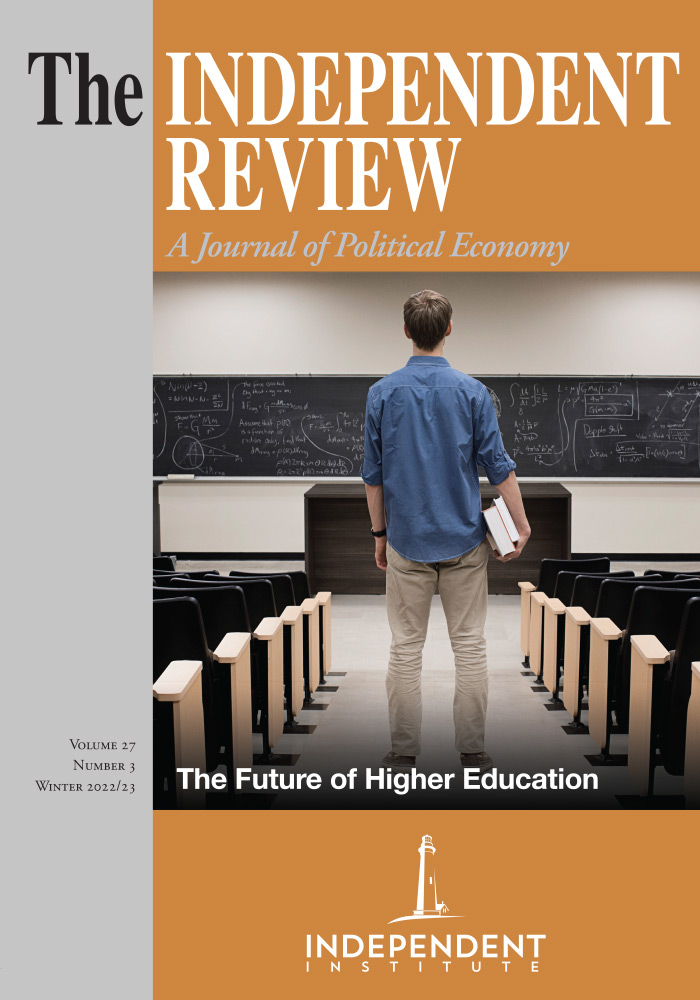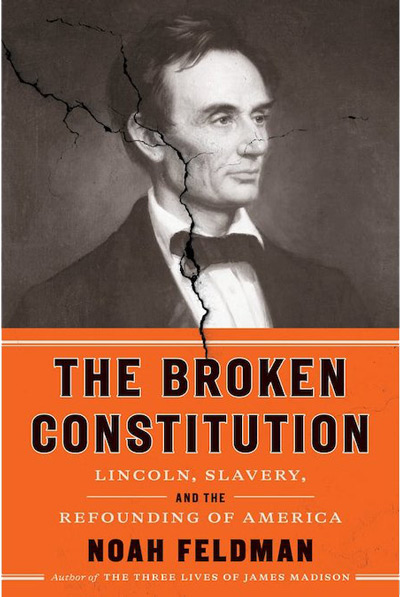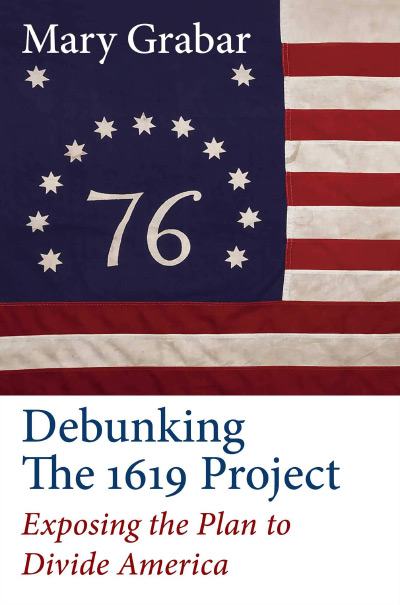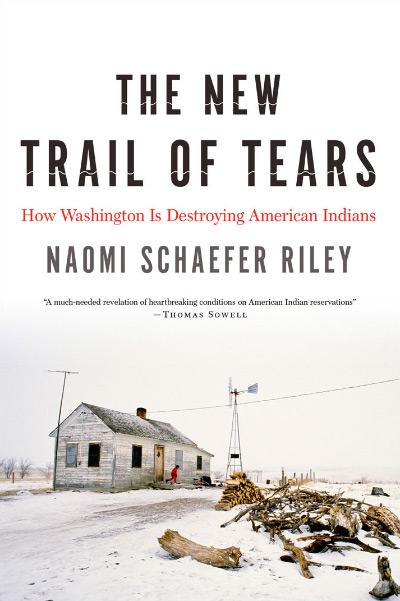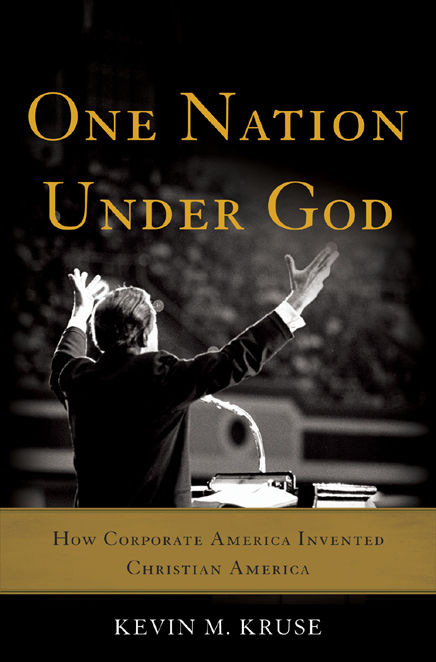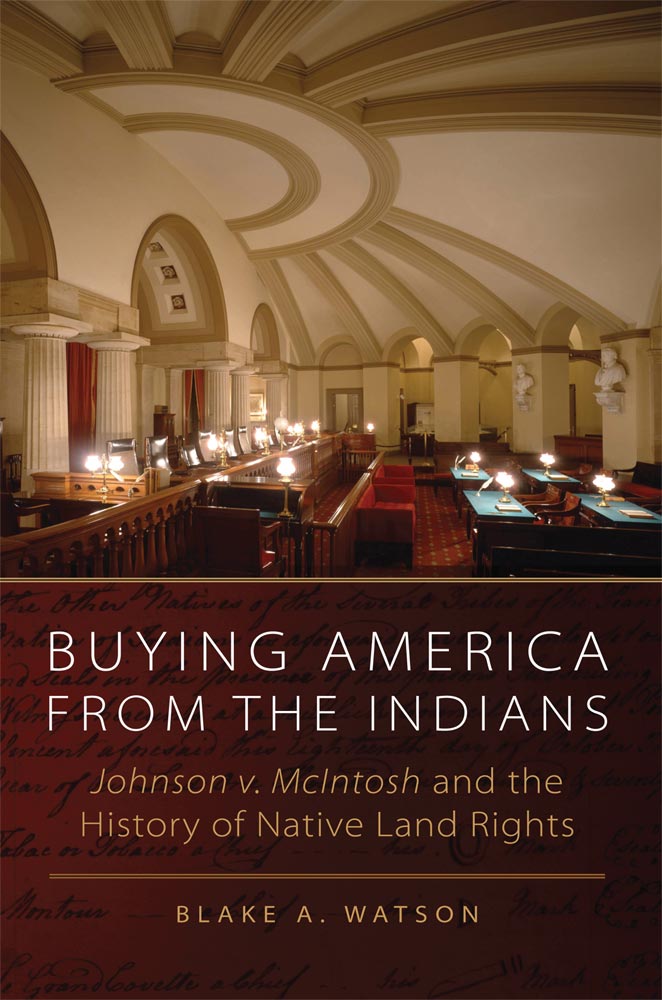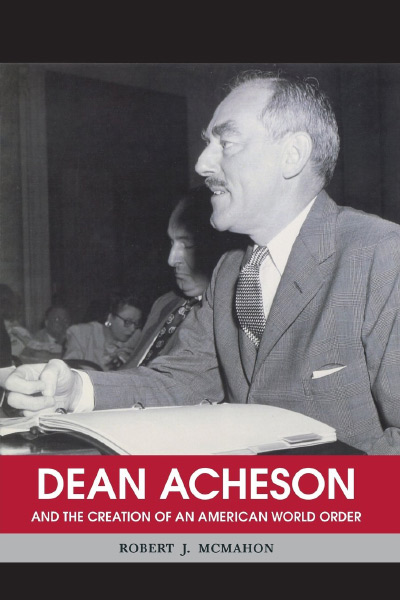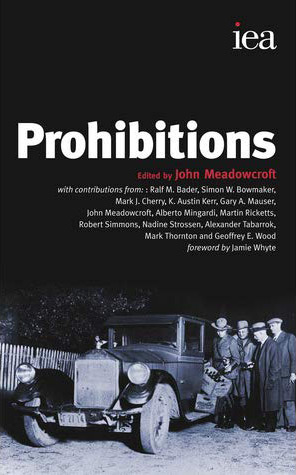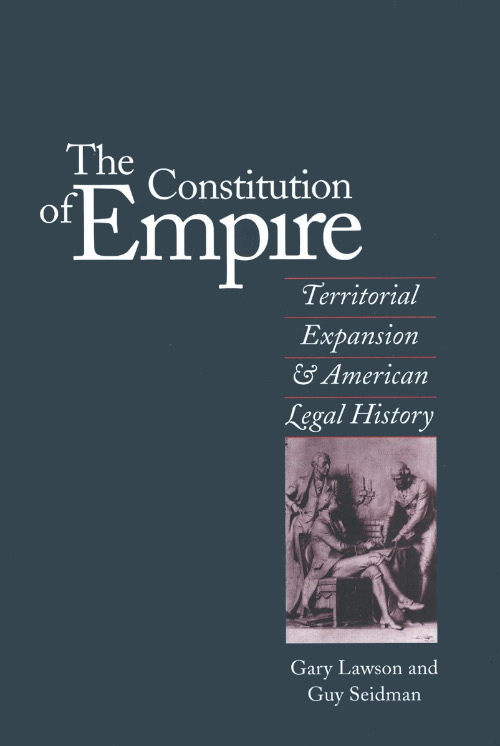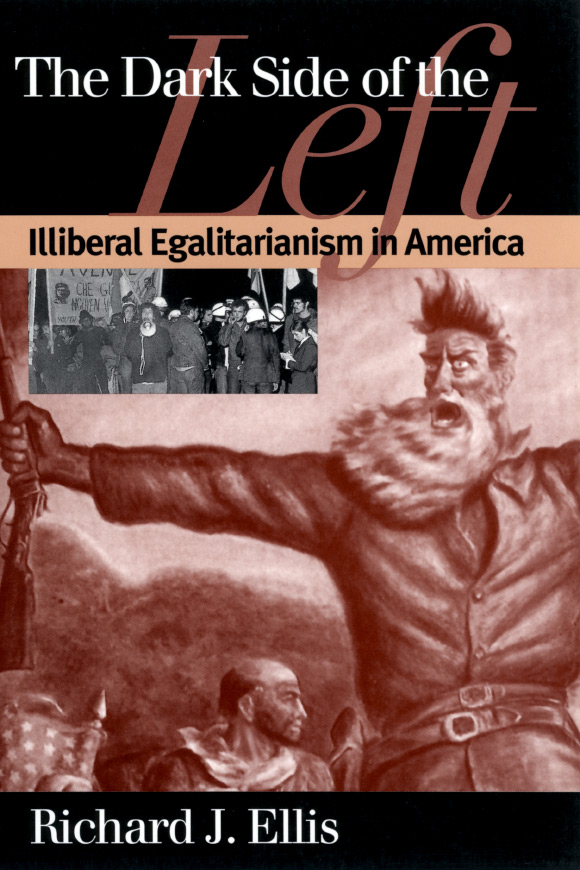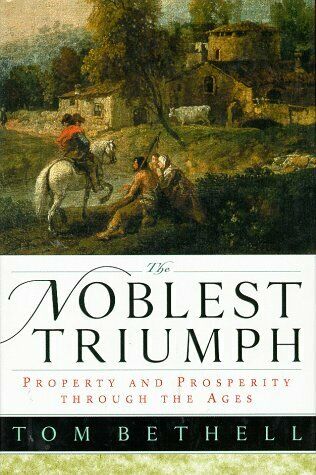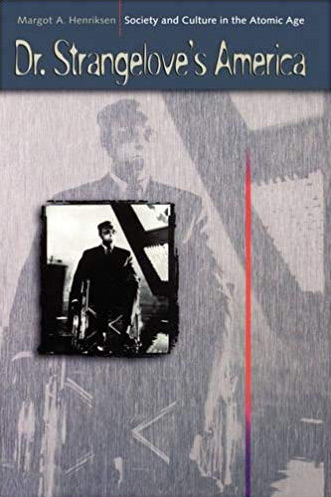In his famous Herndon’s Lincoln: The True Story of a Great Life, William H. Herndon maintained that upon witnessing the horrors of a New Orleans slave auction, a twenty-year-old Abraham Lincoln spouted that “If I ever get a chance to hit that thing [slavery], I’ll hit it hard.” (See William H. Herndon and Jesse William Weik, 1890, Herndon’s Lincoln: The True Story of a Great Life, Chicago: Belford-Clarke, 1–76.) This nostalgic portrayal of Lincoln as a moral actor struck a sympathetic chord with Gilded Age Americans striving to consign the Civil War to memory who saw in the young boatman's revulsion their own struggles with disunion and slavery. It also countered “lost cause” authors Thomas Dixon and George Archibald Dunnings, who dismissed Lincoln as a dictator. However, as James G. Randall’s Constitutional Problems under Lincoln ([1926] 1951, Urbana, Ill.: University of Illinois Press, 47) noted, if “Lincoln was a dictator, it must be admitted that he was a benevolent dictator.” World War II and the Civil Rights Movement brought about a new generation of scholars, such as Clinton Rossiter and Don Fehrenbacher, who likewise depicted Lincoln as an ethical man who creatively plumbed the depths of the Constitution for authority to hold the country together and overcome the evils of slavery. As Mark E. Neely decisively noted in his Pulitzer Prize-winning The Fate of Liberty: Abraham Lincoln and Civil Liberties (1991, New York: Oxford University Press, 19), “[t]he tedious historical debate over whether or not President Lincoln’s policies were constitutional is a legacy of the brittle party platforms of a bygone era.”
However, American struggles over civil liberties at home and abroad over the past two decades have sparked new scholarly interest in civil liberties during the Civil War period. Noah Feldman’s pathbreaking The Broken Constitution: Lincoln, Slavery, and the Refounding of America represents a novel reinterpretation of Lincoln’s constitutional thought. A Rhodes Scholar and Felix Frankfurter Professor of Law at Harvard Law School, Feldman is the author of ten books whose diverse titles include The Fall and Rise of the Islamic State (2008), Scorpions: The Battles and Triumphs of FDR’s Great Supreme Court Justices (2010), and The Three Lives of James Madison: Genius, Partisan, President (2017). In his most recent work, Feldman seeks to “retell the story of the meaning of the Constitution in the Civil War and of Lincoln’s decisive action not as the story of successful salvation, but as something more dramatic, and more extreme: the frank breaking and frank remaking of the entire order of union, rights, constitution, and liberty” (p. 14). Although this thesis holds the potential to upend decades of historical assumptions about Lincoln, scholars would do well to take Feldman’s work seriously.
Feldman’s first chapter, “The Compromise Constitution,” examines how Lincoln’s formative years influenced his political beliefs. Drawing from seminal works such as Richard Campanella’s Lincoln in New Orleans: The 1828–1831 Flatboat Voyages and Their Place in History (2010, Lafayette, La.: Louisiana University at Lafayette Press) and James Oakes’s The Radical and the Republican: Frederick Douglass, Abraham Lincoln, and the Triumph of Antislavery Politics (2007, New York: W.W. Norton), Feldman reveals how Thomas Lincoln’s decision to move his family from Knob Creek, Kentucky, to Little Pigeon, Indiana and eventually, Goosenest Prairie, Illinois, ensured that his son would go up in regions where the “compromise” between free and slave states was constantly discussed and contested. Enamored by Henry Clay’s oratorical style, Lincoln became a pragmatic Whig who viewed “the Constitution as a compromise over slavery, but saw the compromise as desirable, not sinful” (p. 70). Lincoln considered his willingness to put aside personal misgivings about slavery to maintain that the document represented an act of virtuous self-sacrifice. A discussion of Lincoln’s involvement in freedom suits as an advocate for an enslaved African-American in Baily v. Cromwell (1841) and counsel for slaveholders in Matson v. Ashmore et al. (1847) would better explain his uneven thoughts on human bondage. After all, it was not until the Dred Scott decision in 1857 that Lincoln saw the Republican Party’s plans to ban slavery from the western territories as the baseline for rebalancing the Compromise constitution.
In Chapter two, “The Broken Constitution,” Feldman accurately chronicles the ways Lincoln drew upon his background as a railroad lawyer and frontier politician to weather the chaos of the election of 1860, the Secession Crisis, and the outbreak of war. From the earliest days of his administration, Lincoln acted upon his belief that the prewar Constitution called for a perpetual union in which the majority could compel the minority to abide by the results of free and fair elections.
However, as Feldman reminds us in Chapter three, “The Choice for War,” Lincoln argued in this first inaugural address that under the Constitution, slavery was legal and that he had no power to end it in states where it already existed. Hoping to convince southern states to return to the Union through a show of force, Lincoln called for 75,000 troops primarily as a negotiating tactic. As late as April 1861, he still sought a diplomatic solution to the secession movement. However, he also took careful steps to ensure that the South would be blamed for firing the first shots if the war came. This bold move allowed Lincoln to claim that because the southern states were willing to use violence to rebel against the results of a free and fair election, they were making war on the Constitution itself. He, therefore, considered himself justified in broadly interpreting his constitutional powers as commander-in-chief to put down the rebellion.
Chapter four, “Political Prisoners,” represents the most controversial section of Feldman’s work. Randall and Neely portray the sixteenth president as a deeply moralistic commander-in-chief who agonized not merely about sending thousands of American soldiers into battle but also about the constitutional implications of suspending habeas corpus, detaining thousands of Americans, and shuttering newspapers. However, as Feldman reveals, such pathos had a dark underside. Devastated by the personal loss of his son William in February 1862 and haunted by sending young American soldiers to their deaths in a faltering war effort, Lincoln started down the slippery slope of invoking “necessity” to first suspend habeas corpus, then call for a national draft, and ultimately criminalize not merely opposition but also neutrality towards the Union war effort. As Feldman recounts, “[u]ltimately, the freedom of political speech was suppressed in this period more extensively than in any other era in U.S. history—no matter what apologetic frame some commentators would like to put around it” (p. 209). Feldman concedes that declaring martial law in Baltimore and trying Confederate sympathizers in Federal Court was perhaps justified. However, Lincoln’s refusal to obey either the U.S. Supreme Court in the Merryman case or Congress in the Habeus Corpus Suspension Act of 1863 violated the systems of checks and balances that lay at the heart of the American constitutional order. Although this depiction of Lincoln will doubtlessly startle many scholars, Feldman’s sobering account should serve as a cautionary tale. If even a moralistic president can compromise his constitutional beliefs in the name of necessity, what might a dishonest leader do under similar circumstances?
Given Feldman’s extensive discussion of civil liberties during wartime, it is somewhat surprising that in chapter 5, “Emancipation and Morals,” he provides a rather cursory examination of Lincoln’s issuing of the Emancipation Proclamation and support for the Thirteenth Amendment. Feldman convincingly argues that Lincoln did not turn to emancipation as a war aim until setbacks on the battlefield and an inability to sell voluntary emancipation to loyal slaveholders forced his hand. But does this necessarily mean that seeking “to put his own name into the proclamation supports the idea that he was making a bid for historical significance based on his own personal agency” (p. 245)? As Feldman points out, by 1862, thousands of enslaved Americans had deserted their masters. They made their way toward Union lines, often with the aid of sympathetic free blacks and whites who had spent decades opposing slavery. In this sense, emancipation was more an acknowledgment of facts on the ground than a bid for posterity. Likewise, throughout 1863 and 1864, Congressional leaders like James Ashley, James Wilson, and John Henderson spearheaded efforts to ban slavery via constitutional amendment, even making emancipation a plank in the 1864 Republican platform. Could not Lincoln’s decision to promote the Thirteenth Amendment represent, at least in part, a pragmatic decision to honor a commitment to African-Americans who had been promised freedom in return for military service? Or could such actions represent a pragmatic attempt to pay back Republican Senators and Congressmen who had supported Lincoln’s prosecution of the war and who now expected the administration to put slavery on the road to ultimate extinction? In any case, The Broken Constitution is an engagingly written and thought-provoking work that Civil War historians and scholars who study civil liberties during wartime should come to terms with.

